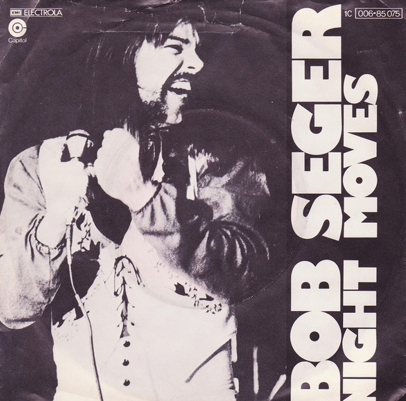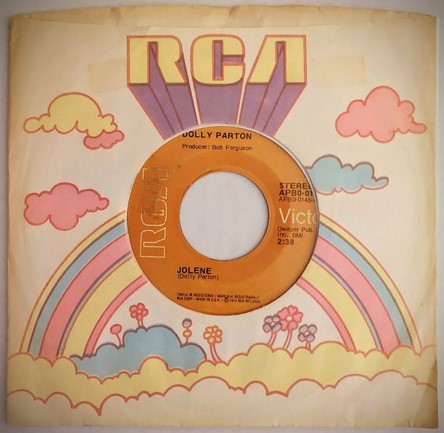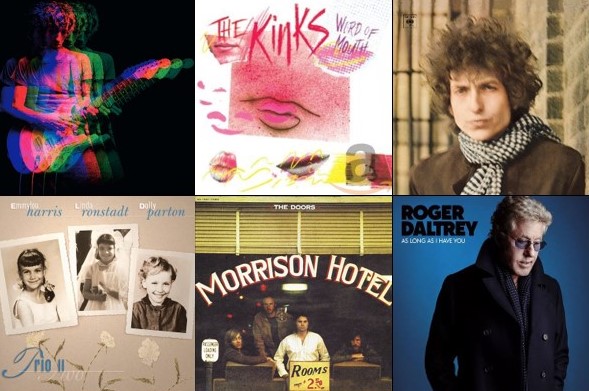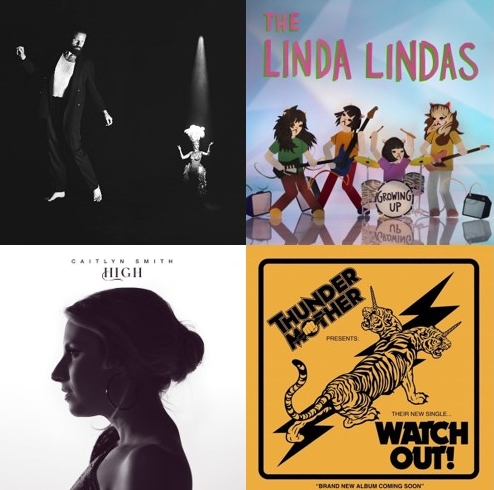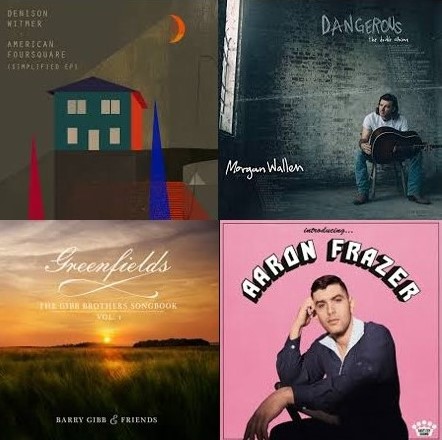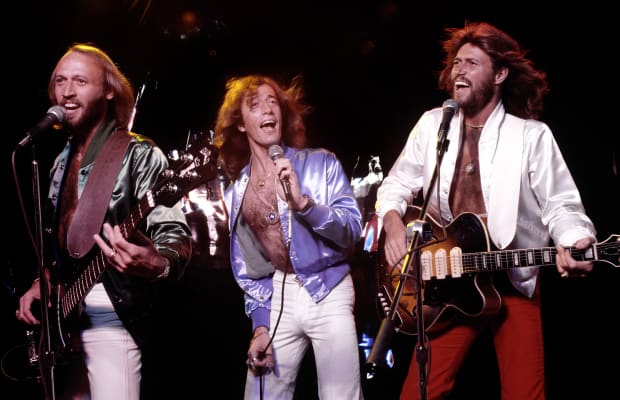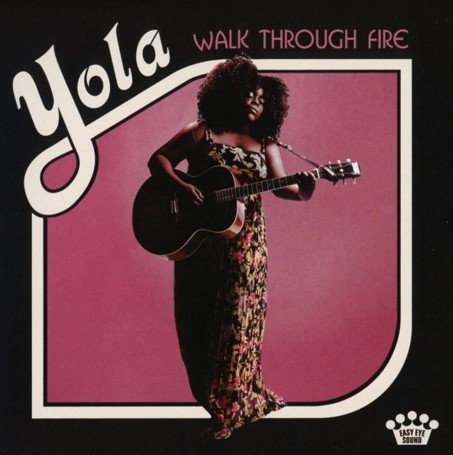Happy hump day and welcome to the first post-winter installment of Song Musings 2024 – yep, as of yesterday, spring has officially started, at least for folks in the Northern Hemisphere. In case you’re new to my recurring midweek feature, these posts dig deeper into songs I’ve only mentioned in passing or not covered at all to date. This time, my pick may surprise some of my regular readers: Sailing by Christopher Cross. Yep, a track that’s on the lush side but I’ve always dug it.
Written by Christopher Cross, Sailing was featured on his eponymous debut album that came out in December 1979. The song also appeared separately as the album’s second single in June 1980. It became one of the San Antonio singer-songwriter and guitarist’s best-known and highest-charting songs, topping the Billboard Hot 1oo in the U.S., as well as the pop charts in Canada. Elsewhere, it did best in New Zealand (no. 8), The Netherlands (no. 18) and Ireland (no. 21).
In addition to enjoying significant chart success, Sailing won three Grammys in 1980 for Record of the Year, Song of the Year and Arrangement of the Year. It also helped the Texan win the Album of the Year and Best New Artist categories. Sailing and the album were produced by multi-Grammy winning Michael Omartian who also played piano on it and arranged the strings. Apart from Cross, Omartian has worked with the likes of Steely Dan, Dolly Parton and Rod Stewart.
Sailing was one of the first digitally recorded songs to chart. It also is widely considered as a classic example of the yacht rock genre. Drawing on smooth soul, smooth jazz, R&B and disco, yacht rock was popular between the mid ’70s and mid ’80s. At the time it was known as West Coast or adult-oriented music. The term “yacht rock” was only created in 2005 by the makers of an online video series of the same name, which followed the fictionalized lives and careers of American soft rock stars of the late ’70s and early ’80s. Here’s a live version of Sailing, which apparently was captured in September 2022.
Cross has said Sailing was inspired by an older friend from high school who would take him sailing as a teenager to leave the troubles of everyday life behind for some time. Apparently, this friend was like an older brother to Cross during what was an emotionally difficult time for him.
During his Grammy acceptance speech Cross noted that while Sailing was his favorite song on the album, it wasn’t meant to become a single initially. Later, he told Songfacts he didn’t believe Sailing was going to be a hit, thinking it “was way too introspective.” Given how wrong Cross was, perhaps it’s not suprising Sailing was covered by a number of artists over the decades. SecondHandSongs counted 85 versions. Here’s a neat a cappella rendition Take 6 recorded for their 2018 album Iconic.
Following are some additional tidbits from Songfacts:
In a Songfacts interview with Christopher Cross, he told the story of the song: “I was just at home sitting in this cheap apartment, sitting at the table. I remember coming up with the verse and chorus, and the lyrics to the first verse of the chorus all came out. These tunings, like Joni [Mitchell] used to say, they get you in this sort of trance, so all that came out at once: ‘It’s not far down to paradise…’ The chorus just sort of came out.”
“So I got up and wandered around the apartment just thinking, ‘Wow, that’s pretty f–kin’ great.’ I just thought, ‘That’s really cool.’ So then I sat down and had to try to come up with other stuff to make the rest of the song, but I thought I had something there.”
“Then it took about two years before I had a bridge to that song, because the modality of the modal tuning thing, it gets pretty linear, and you’ve got to be careful. There are writers – I won’t mention who – whose songs can get kind of boring because everything’s this modality. So I knew I needed to lift the song out of that modality in the bridge and make key changes.”
“It took about two years before I came up with the bridge that changes all the keys to where it lifts, but it was a pretty special moment.”
Michael Omartian, who was Cross’ producer, also contributed keyboards and background vocals to the album. Omartian has worked on many hit songs – he co-wrote “She Works Hard For The Money” and produced “We Are The World” with Quincy Jones. Jay Graydon, who is also a hit songwriter and producer, played guitar on the Christopher Cross album. He singles out Omartian and David Foster as guys who are great to have in sessions. “These guys are just incredible musicians,” he told Songfacts. “I’m pretty good at doing string stuff and synth overdubs, and of course guitar overdubs and stuff, but you bring good guys in, then it gets really masterful.”
Sources: Wikipedia; Songfacts; SecondHandSongs; YouTube

